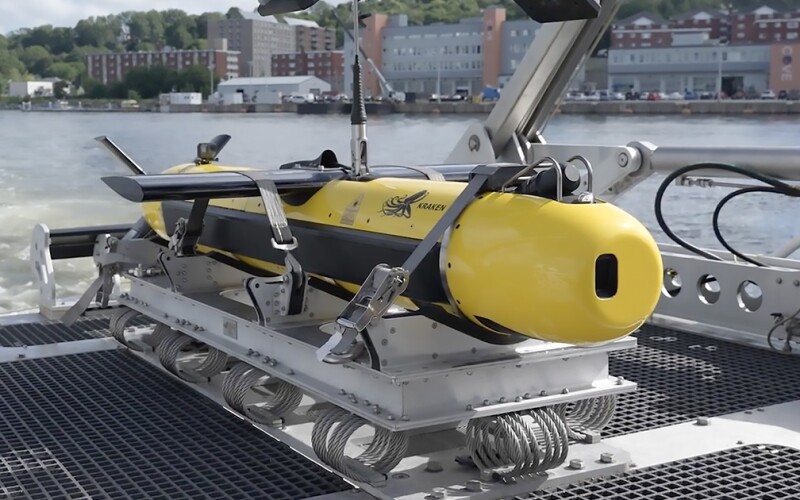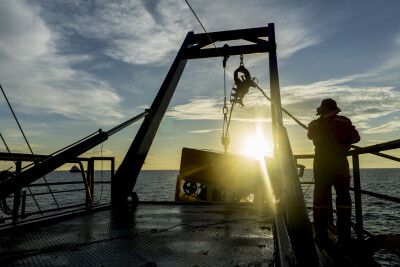SeeByte Ltd (SeeByte) and Kraken Robotics Inc. (Kraken) have signed a Memorandum of Understanding (MoU) aimed at enhancing their complementary system offerings to provide customers with a unified solution for maritime mission planning, data collection, and data analysis.
Kraken focuses on providing synthetic aperture sonar (SAS) for various maritime platforms, including uncrewed underwater vehicles and its KATFISH™ towed SAS system. Meanwhile, SeeByte develops and supplies maritime software solutions such as the SeeTrack Mission Management System (MMS), Neptune Autonomy System, and Automated Target Recognition (ATR).
According to a joint press release, this partnership will offer customers an integrated system for maritime operations that is designed to be competitive and readily available. Chris Haworth, CEO of SeeByte, noted, “This collaborative approach brings together a best-of-breed solution to satisfy the needs of our maritime and naval customers. We are excited to add Kraken to the long list of SeeByte collaborators, and look forward to seeing the capabilities of this combined solution for high-resolution seabed intelligence.”

Greg Reid, CEO of Kraken, highlighted the benefits of this collaboration for the company’s minehunting solutions. “Kraken provides turnkey minehunting solutions which collect high quality data and turn it into high quality seabed intelligence – our customers use this to inform high quality decisions. Our sonar systems are used worldwide for critical decision-making, providing swaths up to 400m and constant resolutions of down to 2 cm x 2 cm. Having completed several integrations and customer demos with SeeByte, Kraken is excited to integrate with SeeByte’s advanced capabilities. This provides navies worldwide with the ability to seamlessly leverage SeeByte’s mission management tools to optimally plan, analyze and review Kraken’s high-resolution synthetic aperture sonar data.”
Both companies plan to demonstrate their joint system at the NATO Exercise REPMUS 2024 in September. The collaboration aims to further advance maritime products and solutions, with ongoing developments anticipated.





